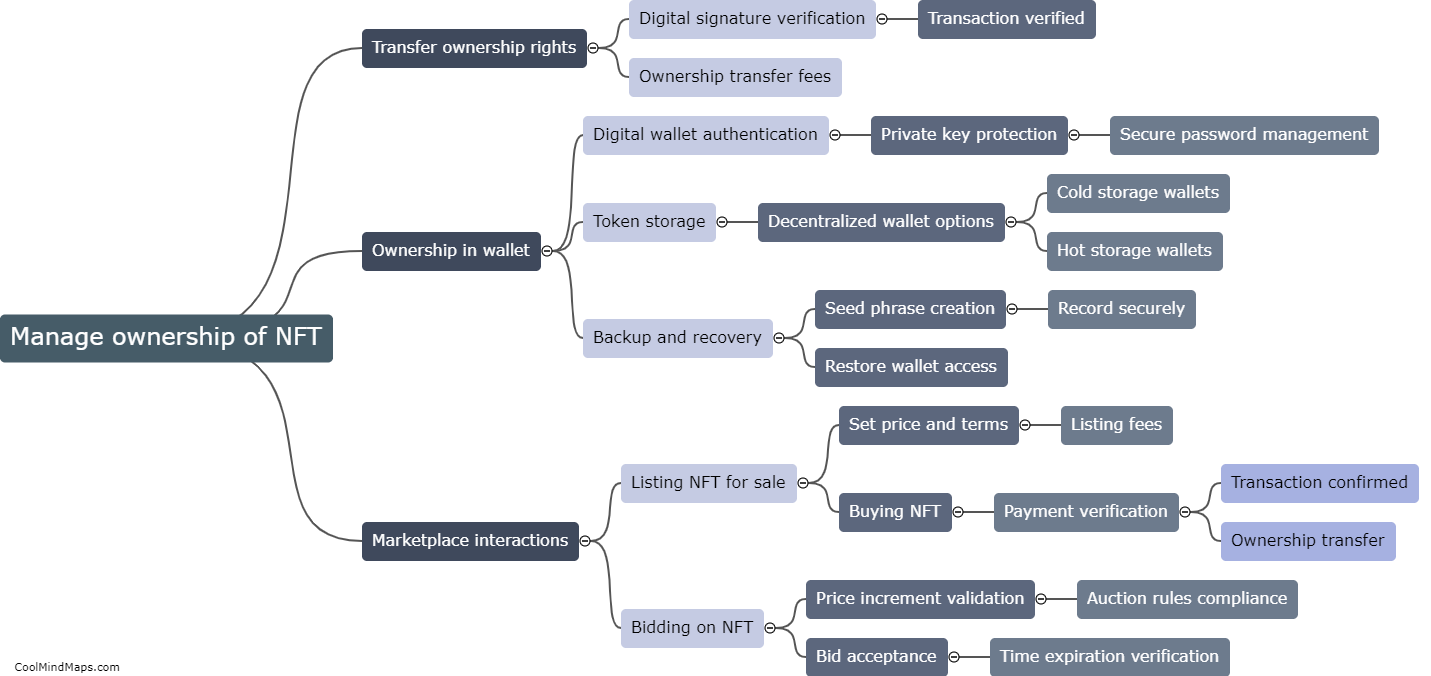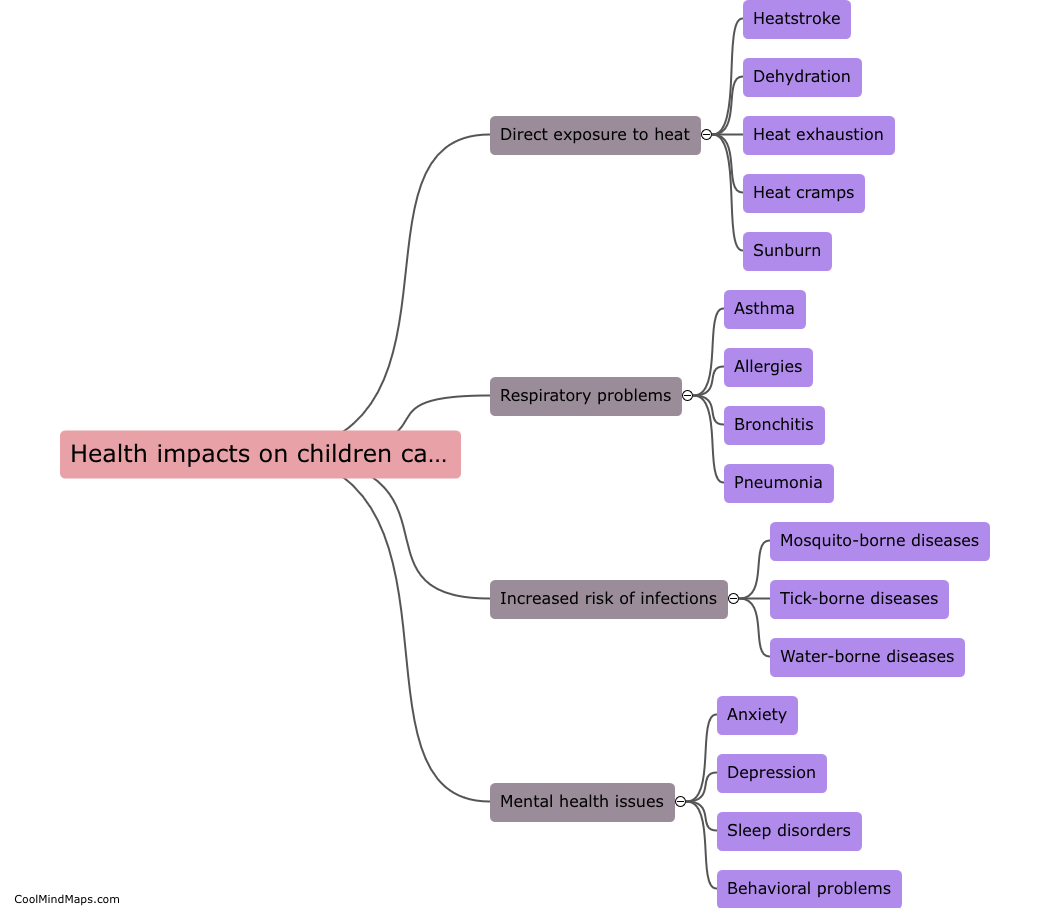What principles can enhance children's physical activity in landscapes?
To enhance children's physical activity in landscapes, several principles can be implemented. First and foremost, creating inclusive and accessible environments is essential. Designing landscapes that cater to children of all abilities ensures that no child is left out from participating in physical activities. Secondly, offering a variety of age-appropriate equipment and play structures can foster engagement and interest in outdoor activities. Providing options such as climbing frames, swings, slides, and sports fields allows children to choose activities that align with their interests and abilities. Additionally, incorporating natural elements, such as trees, plants, and water features, can encourage exploration and interaction with the surroundings. Finally, ensuring safety through proper supervision, maintenance, and appropriate surfacing materials is crucial in creating a conducive environment for children to engage in physical activities without any fear of injury. By integrating these principles, children can enjoy increased physical activity levels in landscapes, leading to improved overall health and well-being.

This mind map was published on 16 November 2023 and has been viewed 83 times.











